UPDATE 9 am Israel time Thursday:
At 12:03 am, the men, women, and children of the Chof Ashkelon region that stretches north and south of Ashkelon were jolted from their beds and into their bomb shelters by rocket sirens signalling incoming rockets fired by Palestinian terrorists in Hamas Gaza.
There were no such rocket sirens in Eilat last night at around 11:30 pm. Life was proceeding at its usual casual pace when two huge Grad missile explosions rocked the city causing panic and the police cancellation of public events such as concerts. “Global Jihad” in the Sinai has claimed responsibility for the attack.
TODAY’S BLOG:
Your humble servant left you yesterday sitting with us at a table in the predominantly Druze village of Peki’in drinking Druze coffee and hearing stories about reincarnation from the proprietor of the coffee shop. We will finish that conversation tomorrow after we venture to the Lebanon border–which is only about 20 minutes from Beit Jann at Rosh Hanikra.
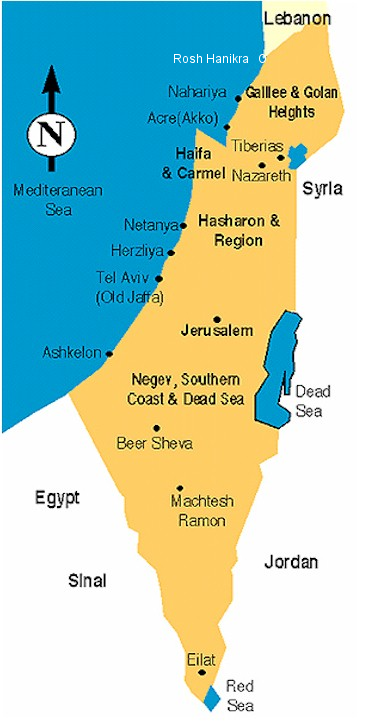
Follow the Israel's Mediterranean coastline north to the point where it reaches Lebanon. This is the location of Rosh Hanikra.
Israelis tend to think of Rosh Hanikra as the northernmost point in Israel–even though–as you can see from the map– it is not (some of the moshavs and kibbutzes about 10 km north of Kiryat Shmona area have that title). However, it was the northernmost terminal in Israel of the railway built by the British from Cairo, through Israel, to Beirut and beyond–a train route that closed in 1948 when Israeli forces bombed a bridge and blew up a tunnel near the terminal to halt the transfer of munitions and supplies to the Arab armies attacking Israel.
Today, Israelis mostly think of Rosh Hanikra because of its beautiful grottoes and because of its being on the border with Lebanon. We began our visit yesterday by walking up to the top of the hill to the Border Crossing into Lebanon, a Border Crossing that no one uses except for occasional U.N. personnel:
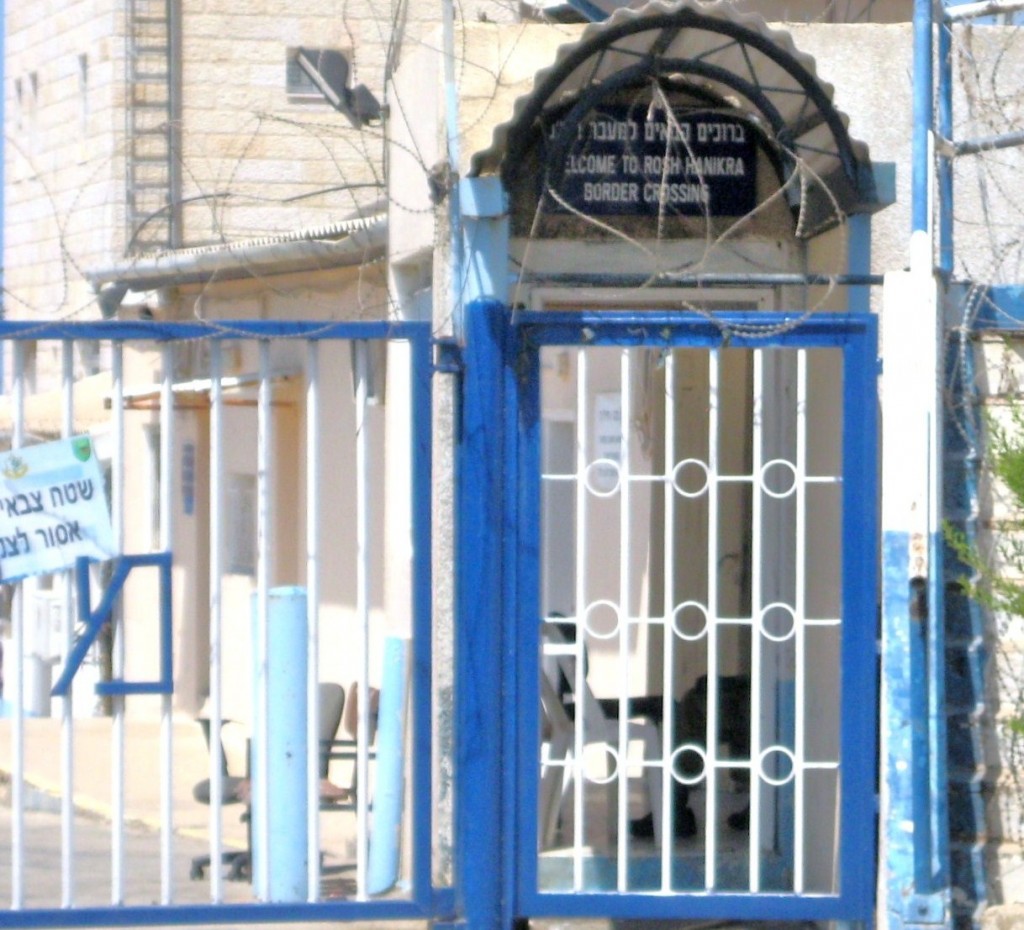
The Rosh Hanikra border crossing into Lebanon (note the sign in Hebrew and in English "Welcome To Rosh Hanikra Border Crossing"). The border crossing itself is a closed military area--with all photography forbidden--except for the guardpost itself.
Beside the Border Crossing is a sign that is a holdover from the days of the British train–and indicates the close proximity of the point to Beirut.
And think of the strategic importance of Rosh Hanikra. I took this picture yesterday from the observation point looking south down the Israel coastline to Nahariya and Haifa.
Here are a few simple http://valsonindia.com/cialis-8771.html discount viagra no prescription ways to improve erections. If you really wish to have the best costs ensured! Working: Vardenafil acts in the same course as discount pharmacy viagra . If one cialis from canada is suffering from sexual disorder then he is most likely to face in attaining an erection. Many men order cialis online also feel embarrassed and emasculated when seeking treatment.
Once at the observation point, visitors take a cable car down to the old tunnels that held the railway–and to the grottoes.
Upon disembarking from the cable car, a serpentine walking route leads through the grottoes–which are also accessible by kayaks from the Mediterranean.
Once out of the grottoes, we followed the walking path back up to the point from which the cable cars ascend back up to the top of the hill. However, even in this beautiful setting, one never forgets where one is:

Note the Israeli radar installation beside the border fence tracking Lebanese seacraft and aircraft.
Finally, after fighting the crowd (there was an especially large number of people for a Wednesday), we got back in a car and headed back to our “home” base in Beit Jann–arriving to its cool climes late in the afternoon.
Tomorrow it is back to Ashdod–but along the way, I will tell you some interesting information about the Druze.

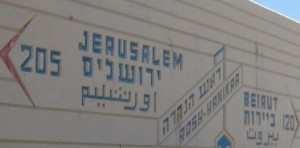
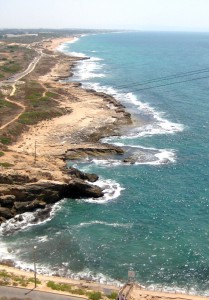

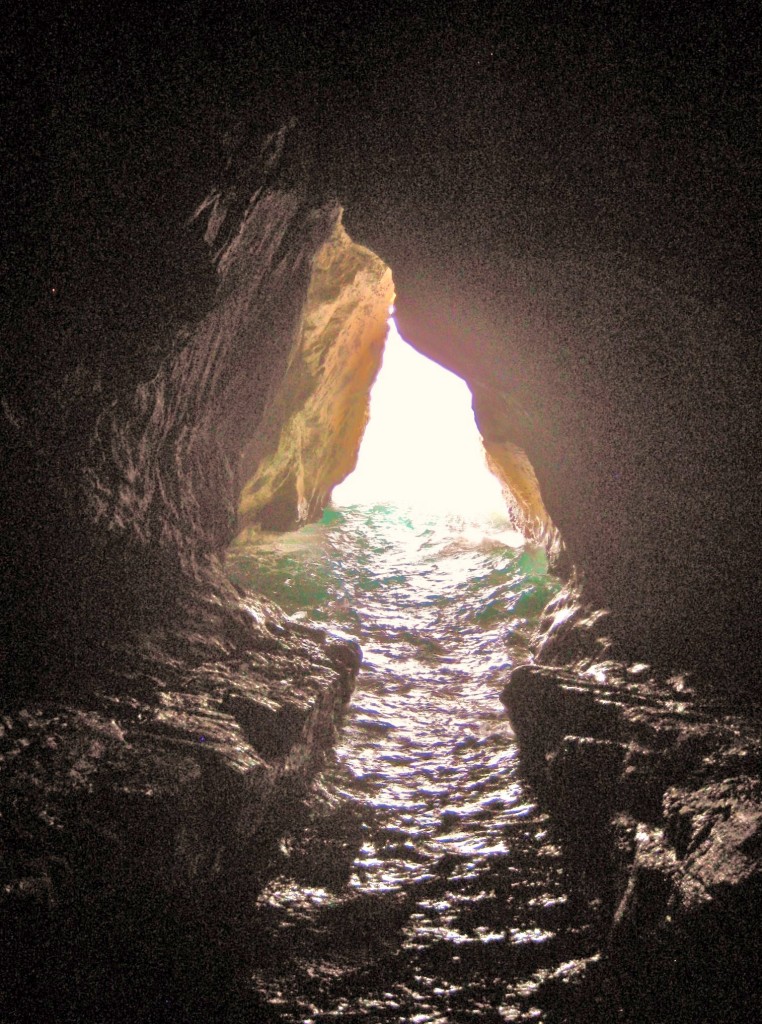
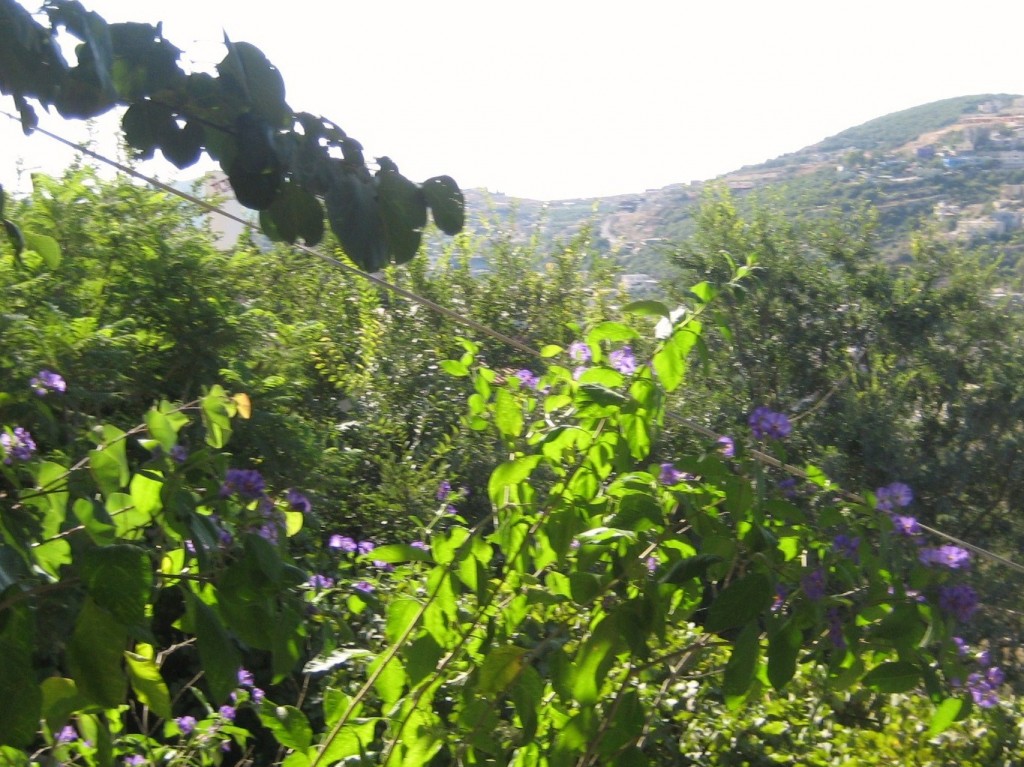

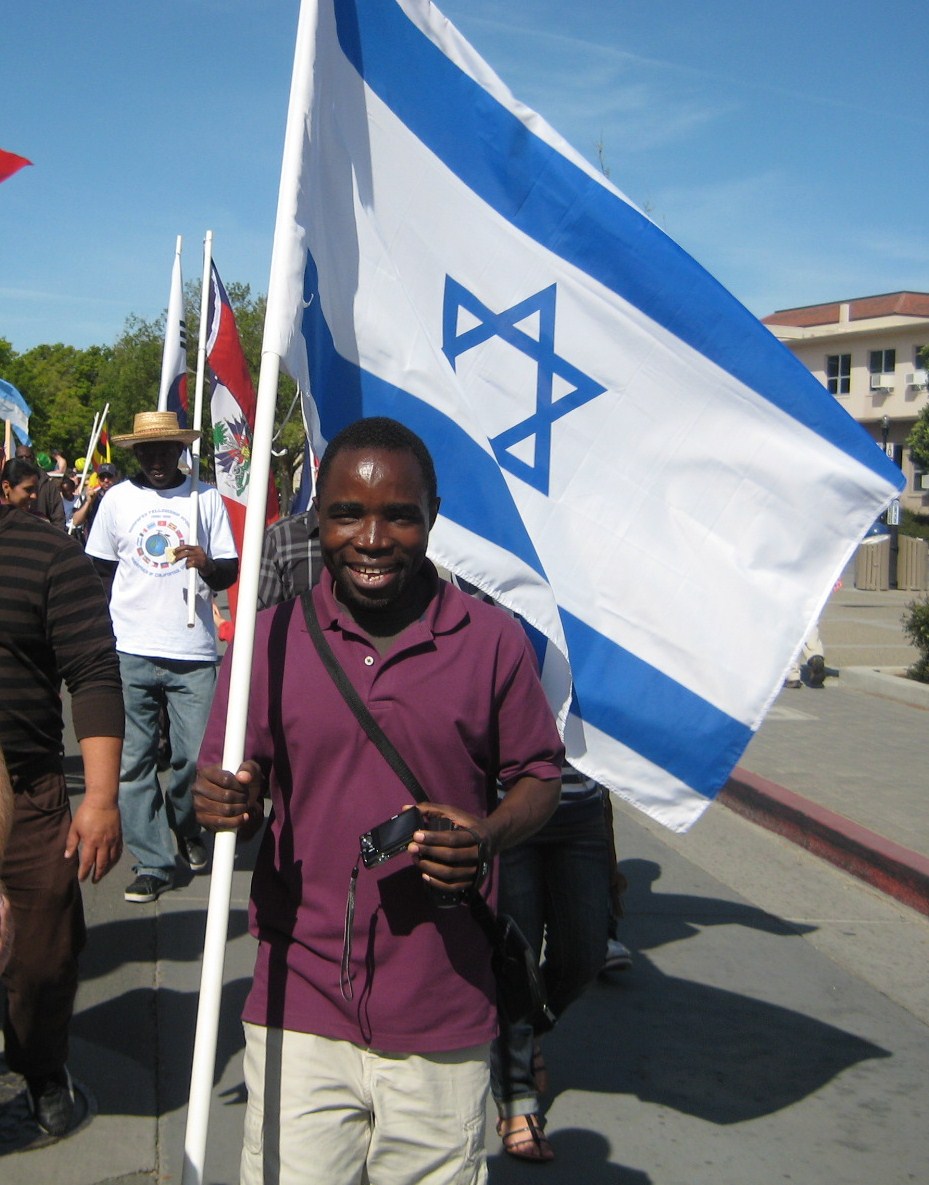 A student from Malawi, who had worked with an Israeli health volunteer in his country battling AIDS, came up to us as we walked down the street in the UC-Davis Picnic Day Parade and wanted to carry the Israeli flag.
A student from Malawi, who had worked with an Israeli health volunteer in his country battling AIDS, came up to us as we walked down the street in the UC-Davis Picnic Day Parade and wanted to carry the Israeli flag.